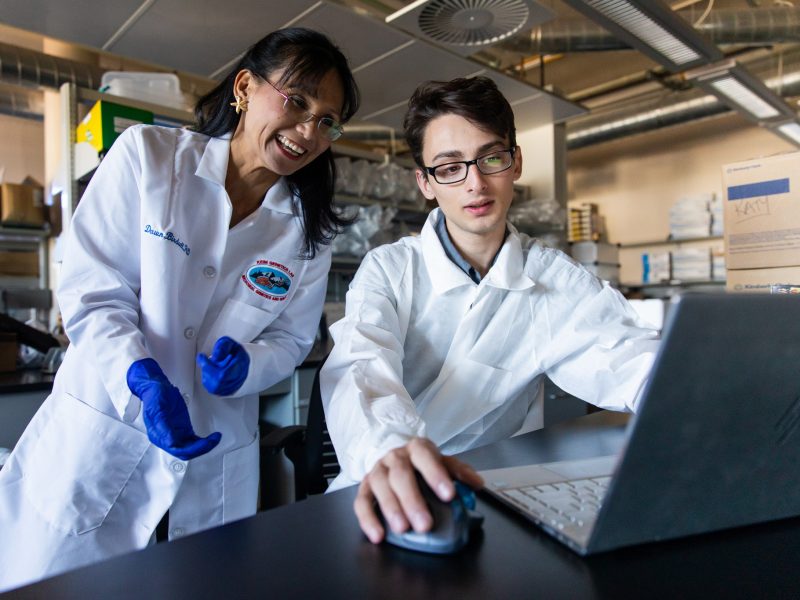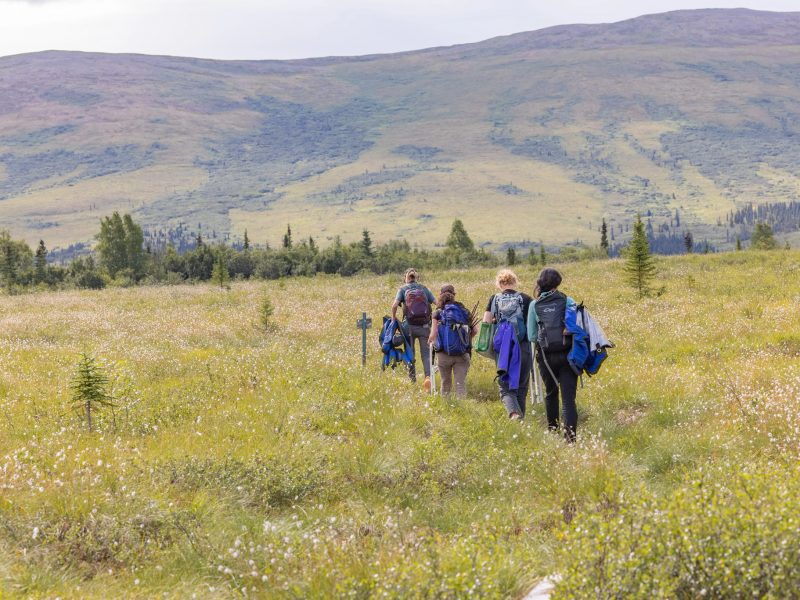Leading the way in scientific discovery

In addition to our labs, more than 30 university-funded research centers and institutes give faculty and students the opportunity to:
- shape public policy
- provide research that impacts our environment and our communities
- contribute to the economic development within our state
Learn about the exciting science at our labs below, and get involved in research that’s changing the world.
